Kitchen professionals often face the pressing question of when preparing vegetables which color cutting board should you use?. While this might seem minor in the grand scheme of a commercial kitchen, choosing the right color for your cutting board is essential for food safety, cross-contamination prevention, and a more streamlined workflow.
The importance of the correct cutting board color cannot be overstated. In high-functioning kitchens, maintaining proper hygiene while boosting operational efficiency is crucial. So, lets dive into why this question matters and how one should approach it.
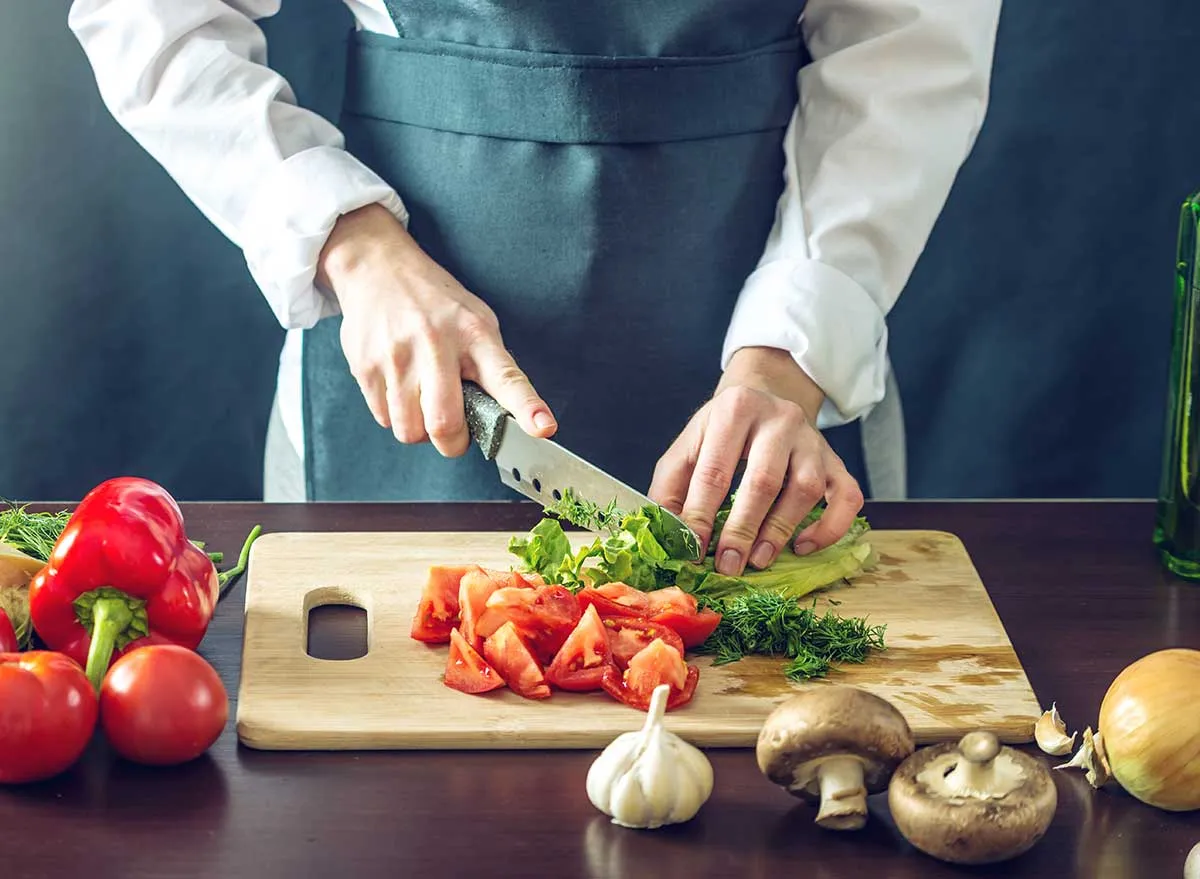
Why Does Cutting Board Color Matter?
In professional kitchens, color-coded cutting boards serve as an effective way to minimize foodborne illnesses. Each color is designated for a specific type of foodmeats, seafood, fruits, and, in our case, vegetables. These guidelines align with food safety standards like those set by the FDA or other food safety organizations.
Using the wrong color cutting board for vegetables could lead to cross-contamination, especially if the board was previously used for raw meats or seafood. You can learn more about food safety through cutting board safety guidelines.
The Recommended Color for Vegetable Cutting Boards
According to established food safety standards, the ideal color for vegetable cutting boards is green. This universal practice helps kitchen professionals easily identify their tools, especially during high-pressure situations. By sticking to these standards, chefs can quickly switch between tasks while ensuring the prevention of cross-contamination.
Interested in learning about the rationale behind sink and washing tools? Check out cutting board functionality to make better decisions for your kitchen.
Benefits of Using a Green Cutting Board
- Instant Identification: Green boards immediately signal their use for vegetables, ensuring quick visual recognition.
- Hygienic Practices: By adhering to color assignments, you prevent bacterial transfer.
- Operational Efficiency: Simplifies kitchen workflows for fast-paced environments.
Common Mistakes in Cutting Board Usage
Even with color-coded systems in place, mistakes can happen. Professionals often overlook the following:
- Using worn or heavily scratched cutting boards, which can harbor bacteria.
- Not cleaning cutting boards thoroughly after use.
- Using a wet cutting board that might slip. For prevention tips, visit cutting board stability.
Proper care and hygiene are just as important as selecting the correct cutting board.
What About Other Cutting Board Colors?
While green is the go-to for vegetables, here is a quick reference for other food categories:
- Red: Raw meat
- Blue: Fish and seafood
- Yellow: Raw poultry
- Brown: Cooked foods
- White: Dairy and bakery products
Understanding the full range of cutting board colors can further help staff maintain safety standards. For a detailed look into these categories, heres a resource on cutting board color usage.
Best Practices for Cutting Board Care
To ensure hygiene and longevity:
- Sanitize cutting boards regularly using approved cleaning agents.
- Replace old boards with deep cuts or grooves.
- Use separate boards for raw and cooked items even within the same food category.
Looking to clean high-quality boards, including walnut? Dive into this guide: cleaning walnut boards.
Conclusion
In conclusion, the question of when preparing vegetables which color cutting board should you use? has a clear answer: always use a green cutting board. Implementing a color-coded system isnt just practicalit significantly enhances kitchen efficiency and food safety.
The next time youre preparing vegetables, trust in the green cutting board for a safer and more organized kitchen experience.
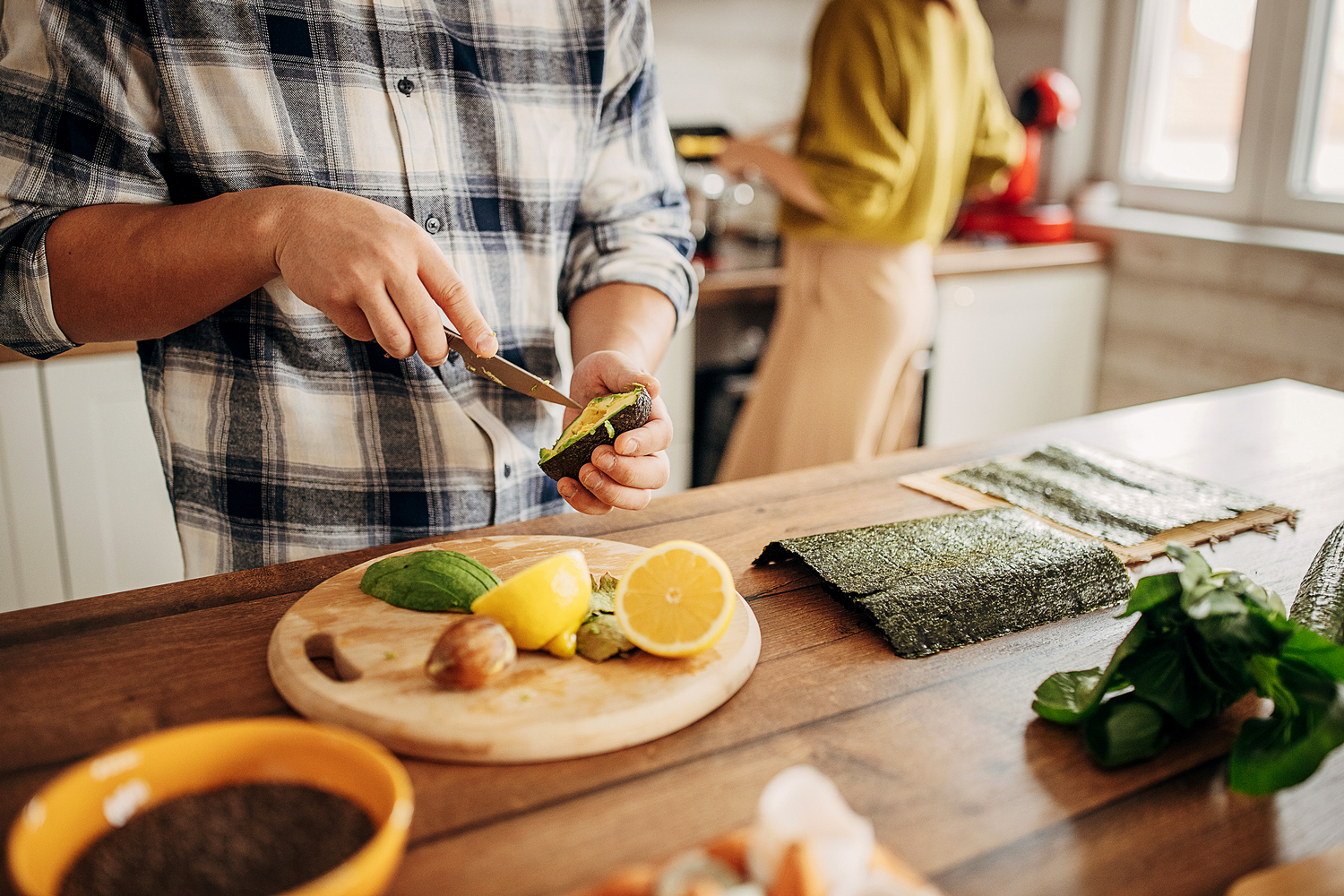
FAQs
Why does color coding cutting boards matter?
Color coding helps prevent cross-contamination and ensures food safety, especially in commercial kitchens.
Can I use any cutting board for vegetables?
No, using a green cutting board is recommended to prevent cross-contamination and follow industry standards.
How often should I replace my cutting board?
Its best to replace your cutting board when it shows deep cuts, grooves, or is difficult to clean properly.
This article contains affiliate links. We may earn a commission at no extra cost to you.

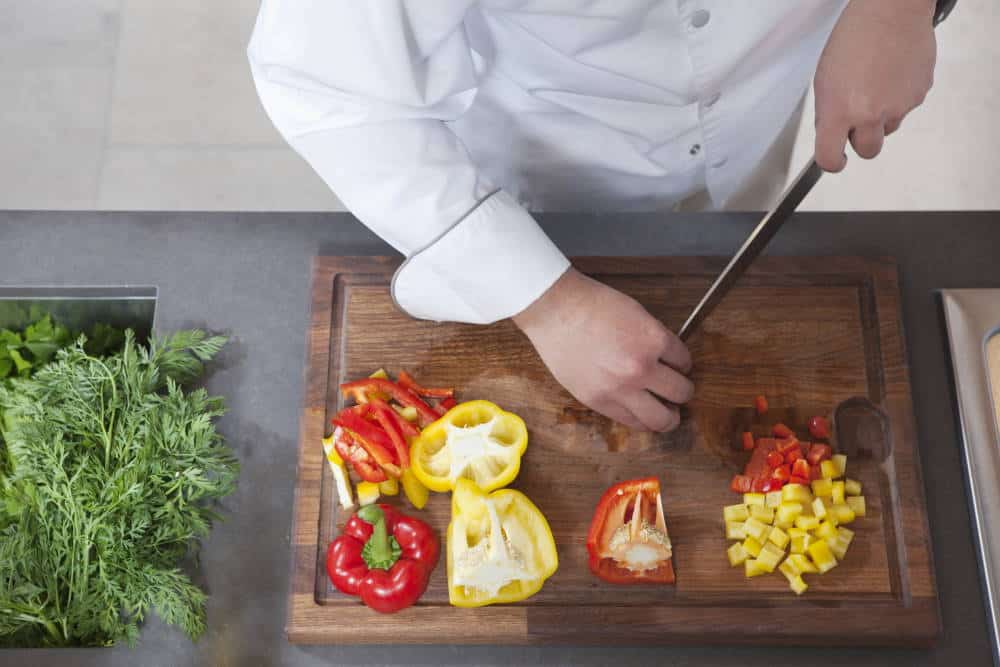


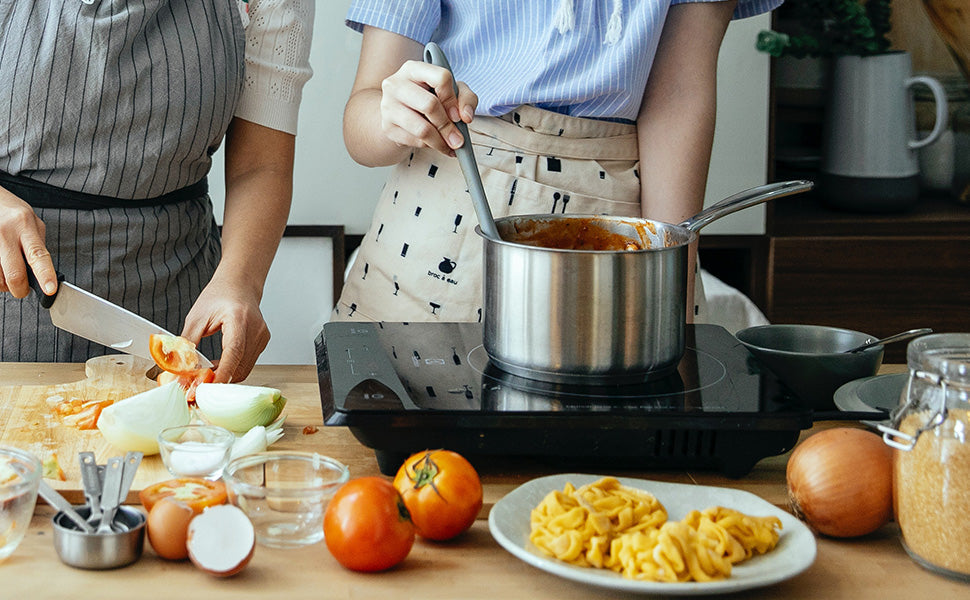
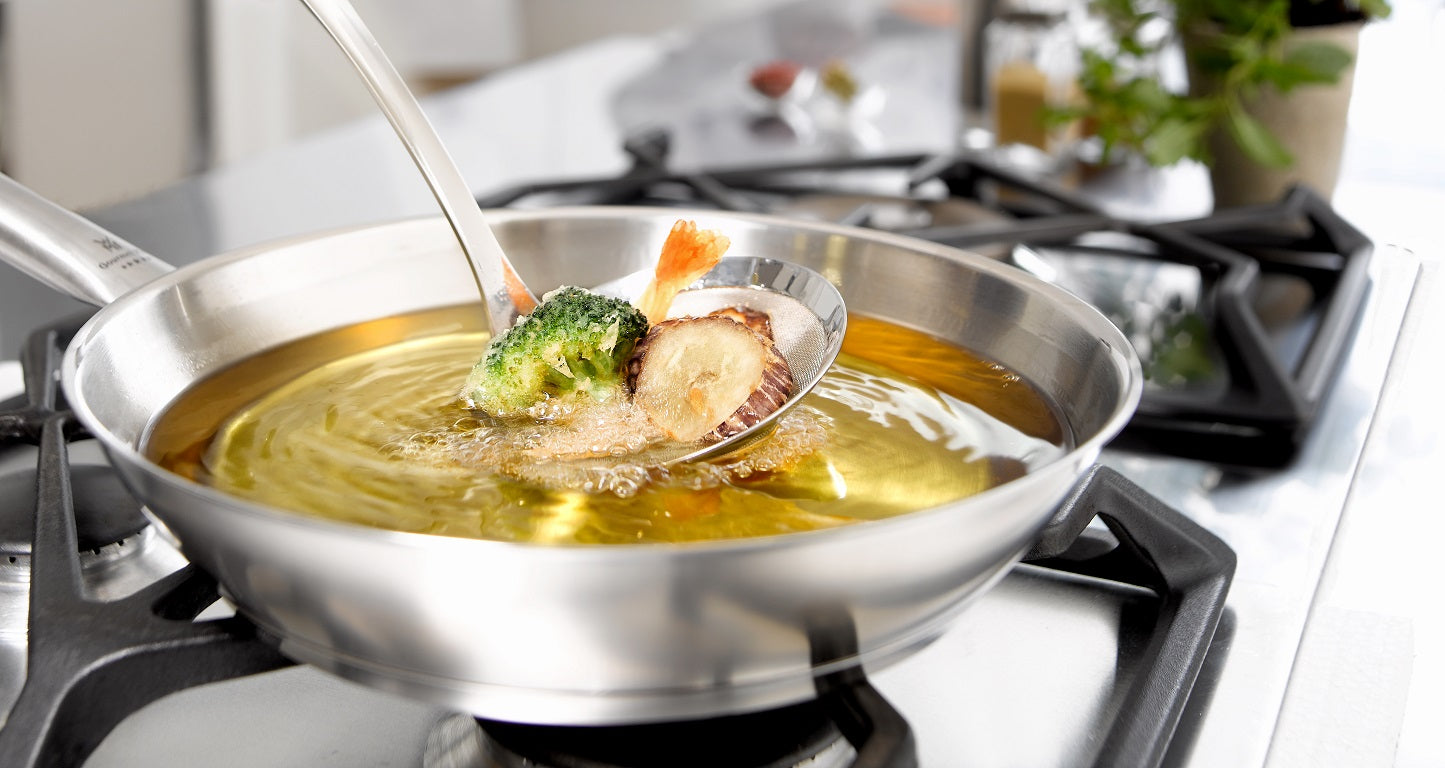
Leave a comment
This site is protected by hCaptcha and the hCaptcha Privacy Policy and Terms of Service apply.